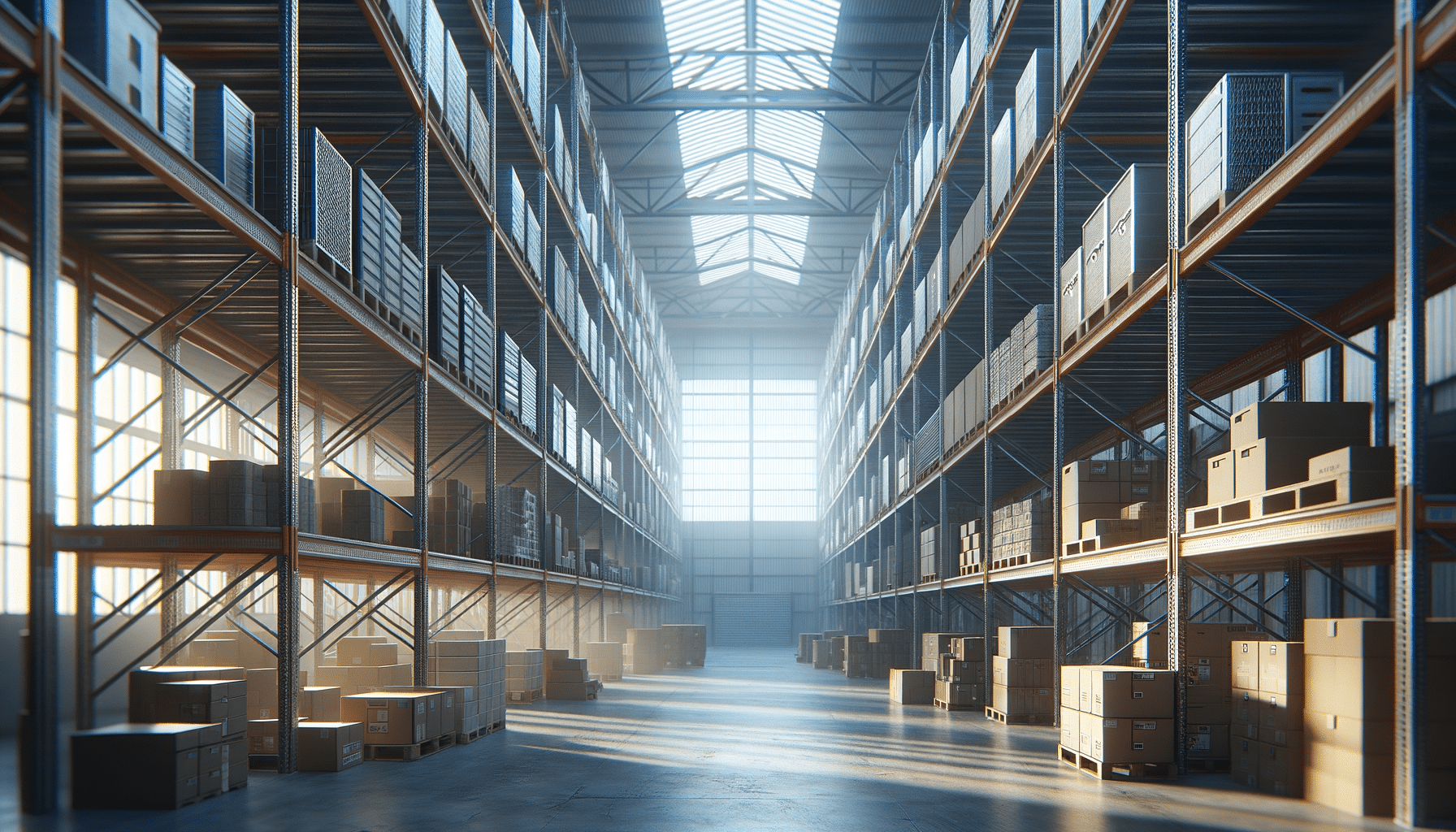
Understanding Industrial Shelving: A Comprehensive Guide
Introduction to Industrial Shelving
Industrial shelving plays a critical role in optimizing storage and organization across various sectors. From warehouses to retail spaces, the need for efficient storage solutions is paramount. Industrial shelving systems are designed to accommodate heavy loads and maximize space, making them indispensable in environments where storage efficiency is crucial. Understanding the different types of industrial shelving and their applications can significantly impact productivity and operational efficiency.
Types of Industrial Shelving
There are several types of industrial shelving, each catering to specific needs and environments. Pallet racking, for instance, is commonly used in warehouses for storing heavy goods on pallets. It offers easy access and is highly customizable. Another popular type is wire shelving, which is ideal for environments requiring ventilation and visibility, such as food storage or retail displays. Boltless shelving, known for its ease of assembly, is suitable for lighter loads and frequently changing storage needs. Each type of shelving offers unique advantages, making it essential to choose the right one based on specific requirements.
Benefits of Industrial Shelving
Implementing industrial shelving systems offers numerous benefits. Firstly, they enhance space utilization, allowing businesses to store more within limited areas. This is particularly beneficial in high-rent districts where maximizing space is crucial. Secondly, industrial shelving improves organization, making it easier to locate and access items quickly. This efficiency can lead to significant time savings and increased productivity. Additionally, the durability and strength of industrial shelving ensure long-term use, providing a cost-effective storage solution over time.
Considerations for Choosing Industrial Shelving
When selecting industrial shelving, several factors must be considered to ensure it meets the specific needs of the business. Load capacity is a primary consideration, as shelving must support the weight of stored items without compromising safety. The available space and layout of the storage area also influence the choice, as shelving should fit seamlessly within the existing infrastructure. Additionally, consider the type of items being stored; for instance, perishable goods might benefit from shelving that offers ventilation. By carefully evaluating these factors, businesses can select shelving that optimizes their operations.
Future Trends in Industrial Shelving
The future of industrial shelving is influenced by technological advancements and evolving business needs. Trends such as automation and smart shelving are becoming increasingly prevalent, offering real-time inventory tracking and automated retrieval systems. These innovations enhance efficiency and accuracy, reducing human error and labor costs. Moreover, sustainable materials and eco-friendly designs are gaining traction as businesses strive to reduce their environmental footprint. As the industry evolves, staying abreast of these trends can provide businesses with a competitive edge in storage solutions.
Conclusion
Industrial shelving is a cornerstone of effective storage management across numerous industries. By understanding the various types, benefits, and considerations, businesses can implement shelving solutions that enhance their operational efficiency. As technology continues to advance, embracing new trends in industrial shelving can offer even greater benefits, ensuring that storage systems remain a vital component of business success.


